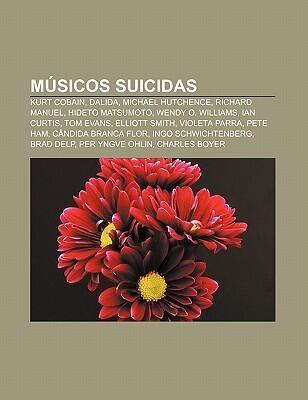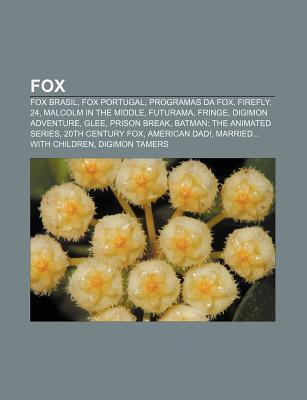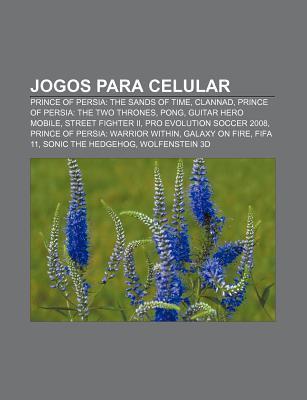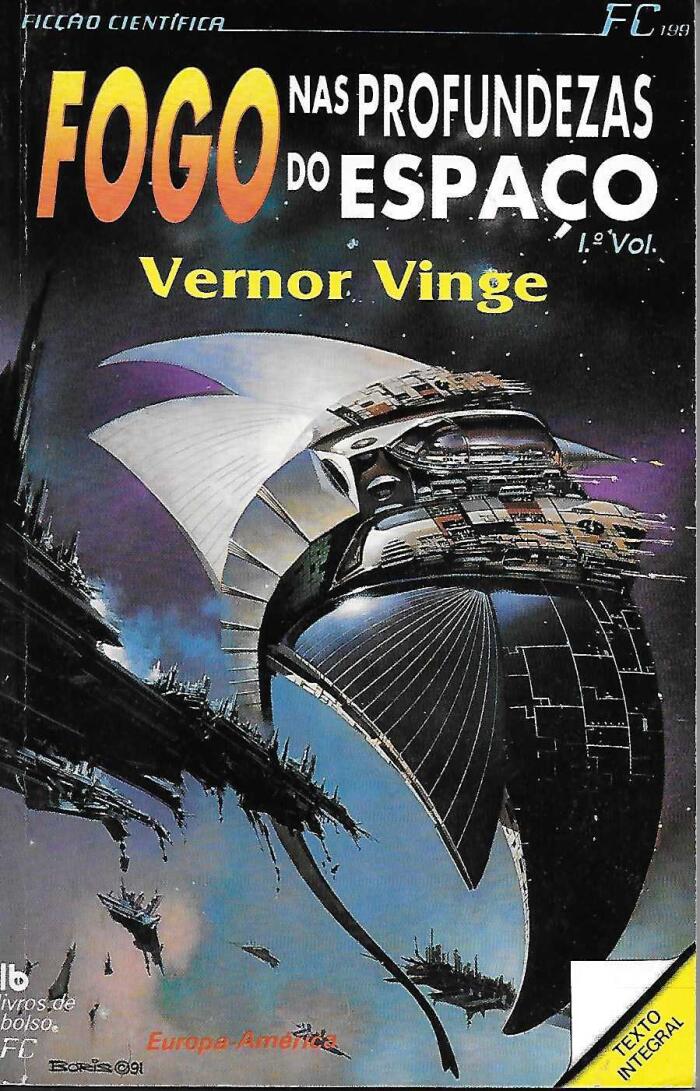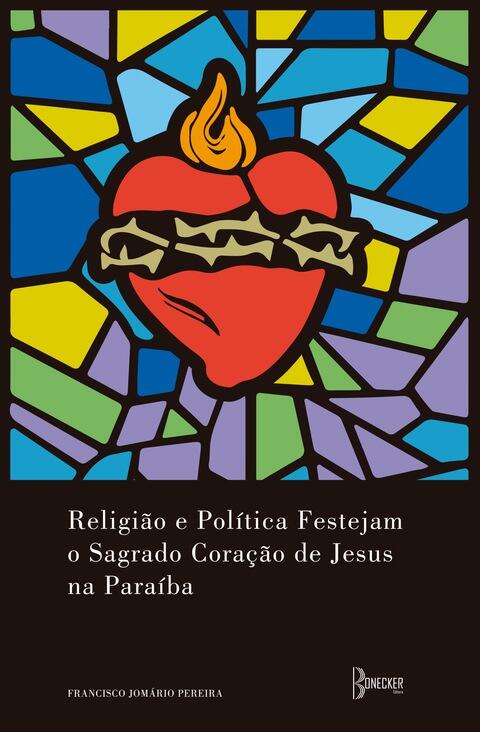
Religião e política festejam o sagrado coração de Jesus na Paraíba
by:
Francisco Jomário Pereira
Edition: 1
Language: Portuguese
Format: eBook
ISBN 10: 8593479375
ISBN 13: 9788593479373
Publication date:
January 1st, 2018
Publisher: Bonecker Editora
Pages: 512
Genres: Young Adult, Children’s, Health & Wellness
Santa Cruz experiences a dramatic transformation throughout the year, shifting from a peaceful town to a vibrant hub of religious and political fervor. The quiet streets, typically echoing with the sounds of everyday life, come alive during significant religious observances, especially those honoring the Sacred Heart of Jesus. This event captures the essence of community spirit, drawing residents and visitors alike to participate in a blend of faith and celebration.
Francisco Jomário Pereira delves into the rituals and festivities that intertwine religion and local politics in this enchanting part of Paraíba. He uncovers how sacred traditions serve not only as a source of spiritual unity but also as a platform for political engagement. The annual celebration becomes a captivating stage where social dynamics unfold, allowing the community to connect with both their faith and their leaders.
In exploring this unique intersection of spirituality and governance, Pereira reveals the profound impact of these festivities on local identity and culture. The atmosphere is charged with enthusiasm as townsfolk gather, clad in traditional attire, to partake in processions, prayers, and communal gatherings that celebrate their devotion.
Through this exploration, a vivid portrait of Santa Cruz emerges, highlighting how the Sacred Heart of Jesus serves as a powerful symbol of unity, hope, and resilience within the community. The narrative invites readers to understand the deep-rooted connections between faith and civic life in a town that vibrates with the energies of both the sacred and the secular.
Francisco Jomário Pereira delves into the rituals and festivities that intertwine religion and local politics in this enchanting part of Paraíba. He uncovers how sacred traditions serve not only as a source of spiritual unity but also as a platform for political engagement. The annual celebration becomes a captivating stage where social dynamics unfold, allowing the community to connect with both their faith and their leaders.
In exploring this unique intersection of spirituality and governance, Pereira reveals the profound impact of these festivities on local identity and culture. The atmosphere is charged with enthusiasm as townsfolk gather, clad in traditional attire, to partake in processions, prayers, and communal gatherings that celebrate their devotion.
Through this exploration, a vivid portrait of Santa Cruz emerges, highlighting how the Sacred Heart of Jesus serves as a powerful symbol of unity, hope, and resilience within the community. The narrative invites readers to understand the deep-rooted connections between faith and civic life in a town that vibrates with the energies of both the sacred and the secular.
